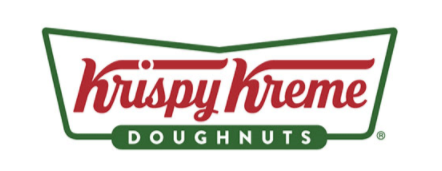Step 1: Strategic Context:
No successful digital intervention begins in isolation. Greg’s journey started, as all refined solutions do, with listening. He met with Krispy Kreme’s executive team, seeking not just to understand immediate concerns but to align his work with the brand’s overarching strategy.
In parallel, discussions with the Chief Information Officer uncovered the intricacies of Krispy Kreme’s technology stack—the complex interplay of systems powering every online transaction and customer touchpoint.
Step 2: Behavioural Data Analysis:
The focus then turned to the heart of digital experience: the consumer. This is the beginning of the eCommerce conversion rate optimisation process.
A forensic analysis of consumer behavioural data was undertaken, painting a portrait of the digital landscape as seen through the eyes of the doughnut enthusiast.
This rigorous process yielded a trio of insights:
- Journeys that were working: Pathways where users smoothly found what they sought and completed purchases with ease.
- Journeys that required mending: journeys full of friction.
- Journeys that were missing: Aspirational experiences users desired but found absent.
The third insight was significant. The data proved consumers wanted to engage and buy based on their doughnut preference, such as selecting “jam doughnut”. Yet, the site only allowed for the purchase of pre-made packs.
Step 3: Ranking Issues and Experience Gaps - Documenting the Change:
Armed with empirical evidence, Greg shifted from diagnosis to prescription. Issues were ranked by impact, ensuring these changes are captured and would drive the greatest improvement in experience and conversion.
Not only did this empower the Krispy Kreme team to see exactly where and how their digital landscape could evolve, but it also fostered buy-in and excitement for change. This document had...
- Clear articulation of what was broken and why it mattered.
- Data-backed projections showing potential uplift if fixed.
- Step-by-step plans for repair, structured for ease of implementation.
Step 4: UX Design Planning:
Greg meticulously developed wireframes—architectural blueprints for every page layout and every interaction.
Each wireframe defined the mechanics and structure of the new digital journeys.
Greg’s UX process was collaborative and empowering. The Krispy Kreme team became co-authors of their digital future, involved in every decision and refinement.
The result was a user experience design that reflected Greg’s expertise, the brand’s identity and consumer insights.
The team’s sense of control and partnership cultivated trust and ownership; when the final UX document was presented, it was met with unanimous approval.
Step 5: Collaboration with eCommerce Agency:
Greg worked in close concert with the eCommerce Agency tasked with implementation. His leadership ensured the wireframes and UX blueprint were honoured with precision.


